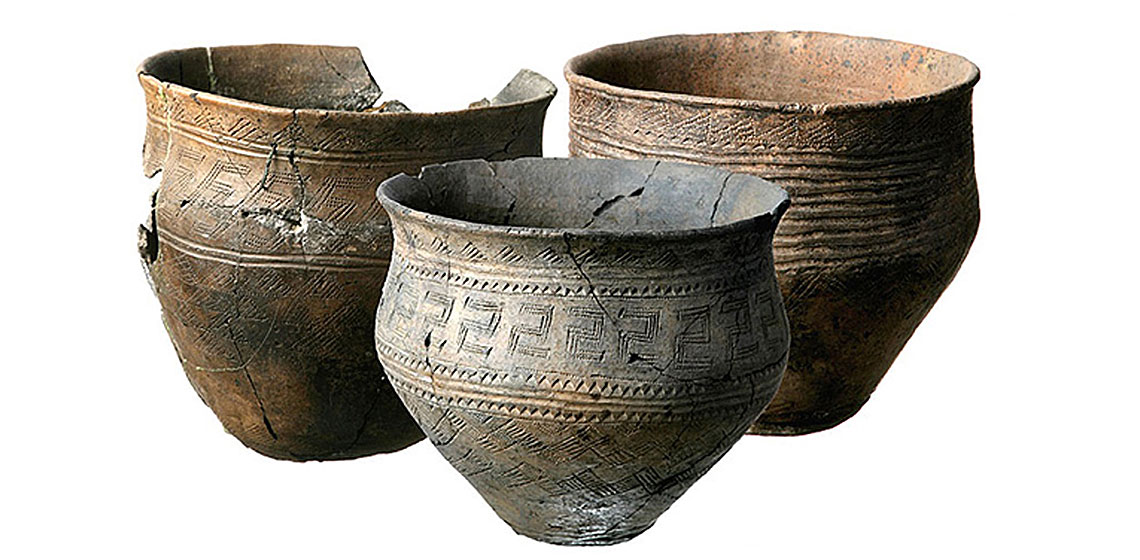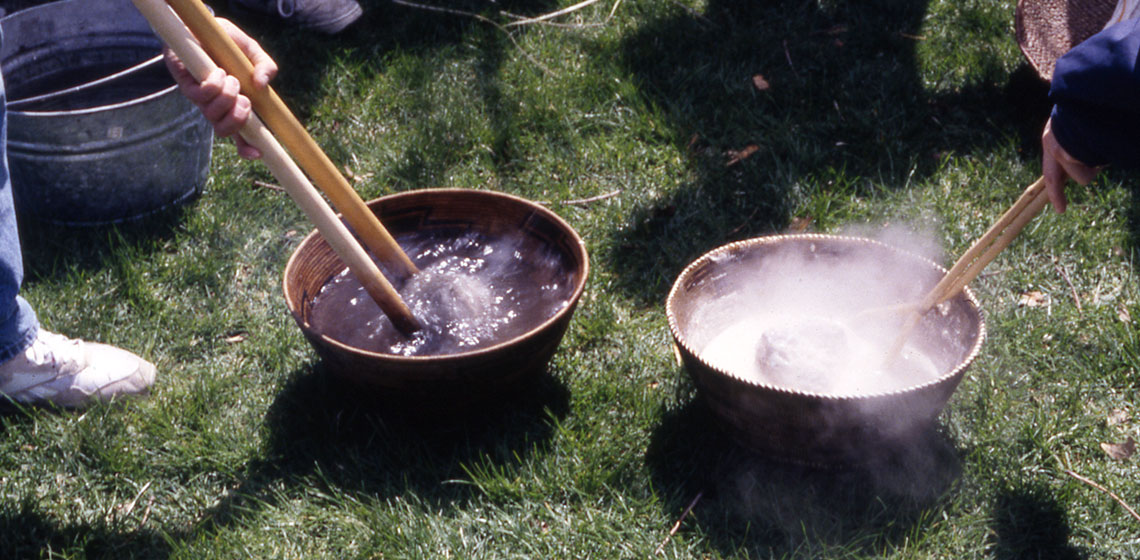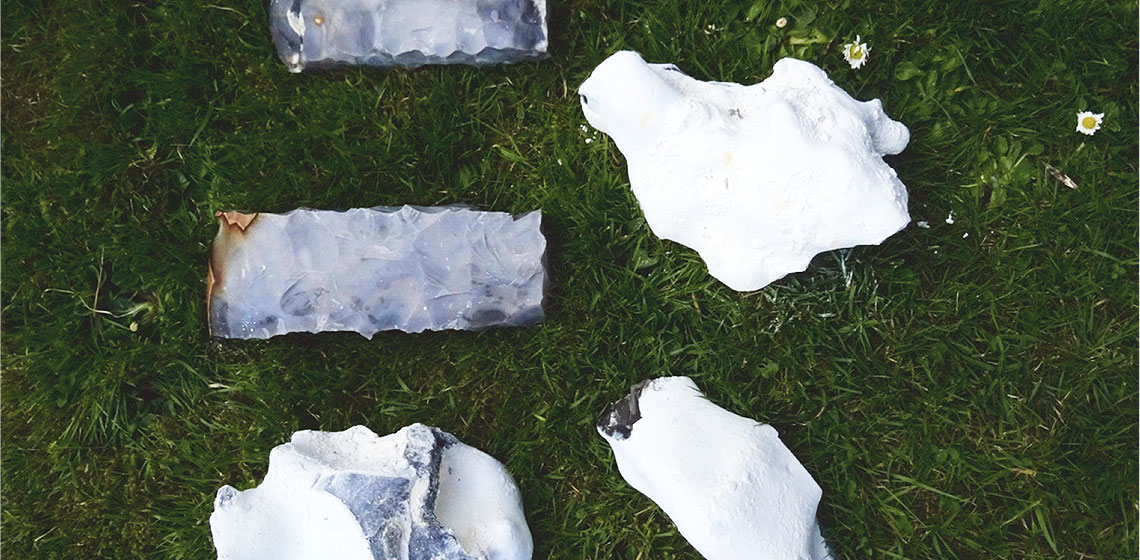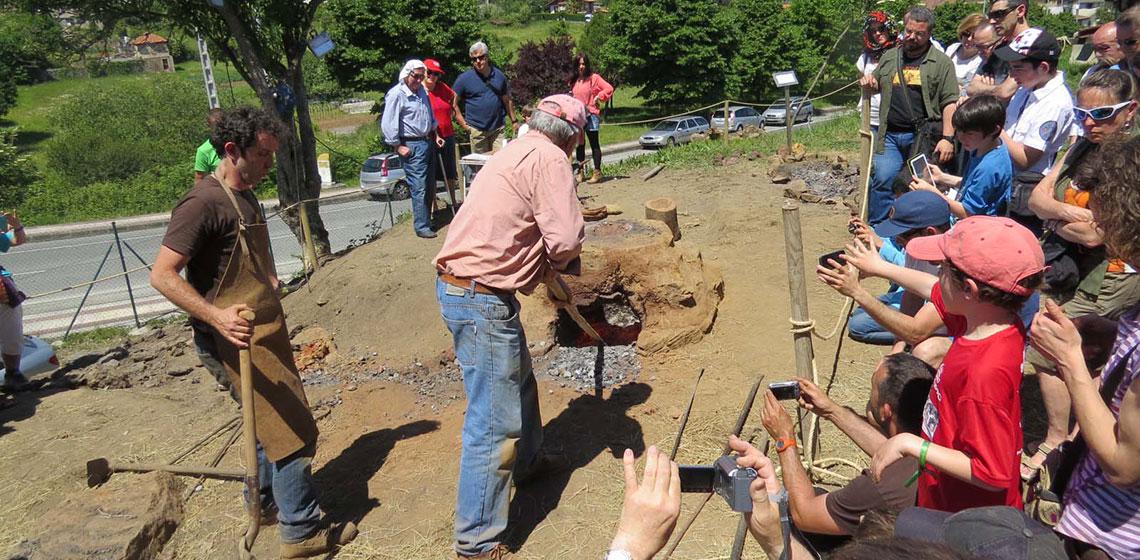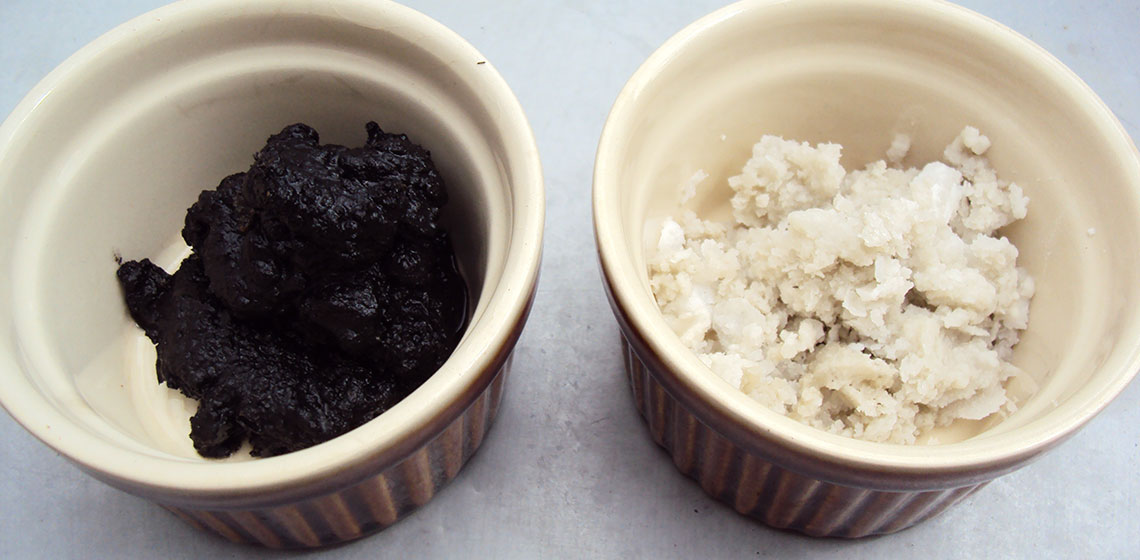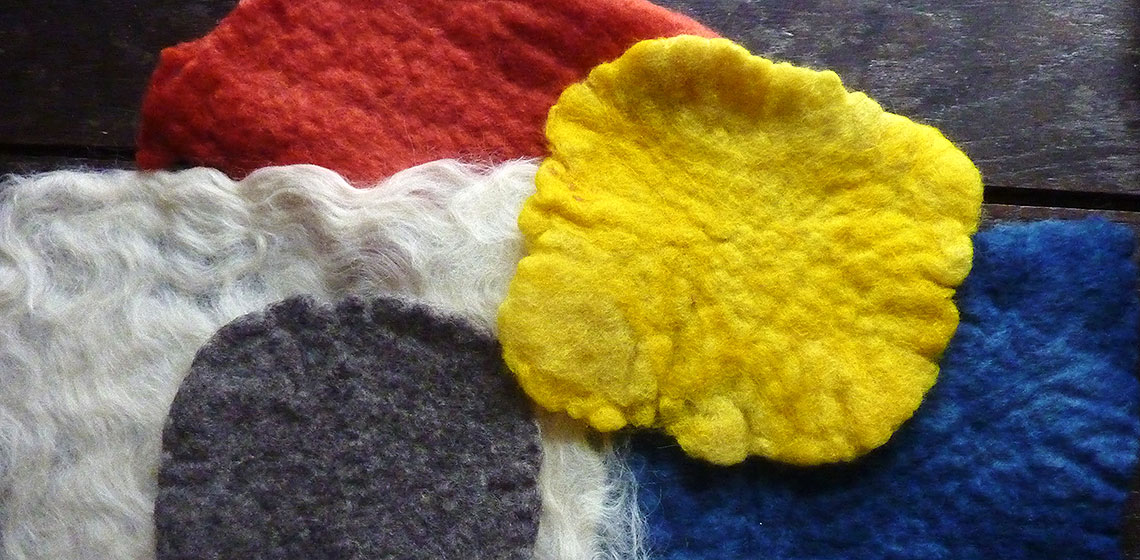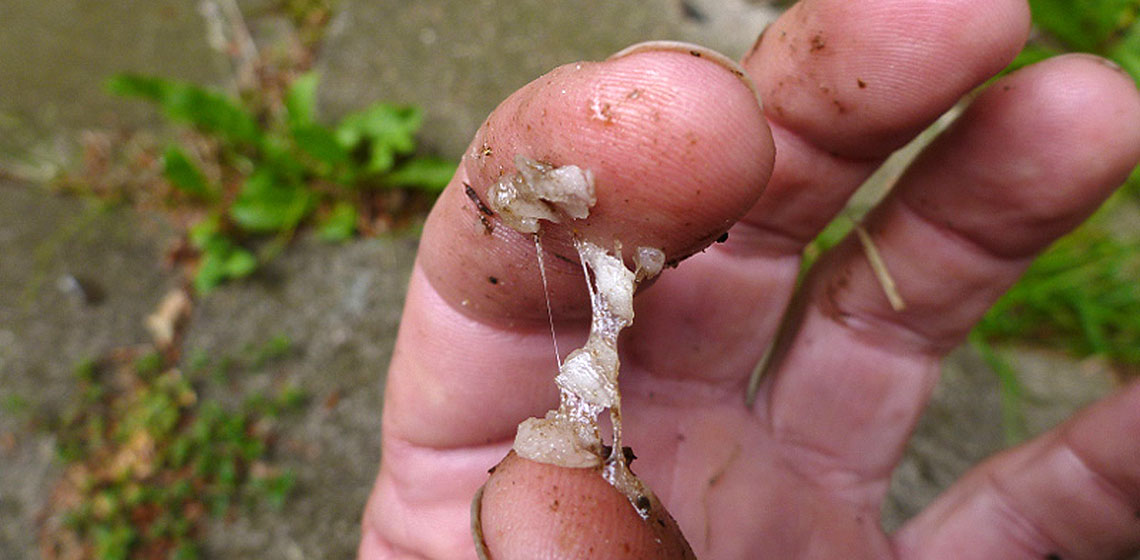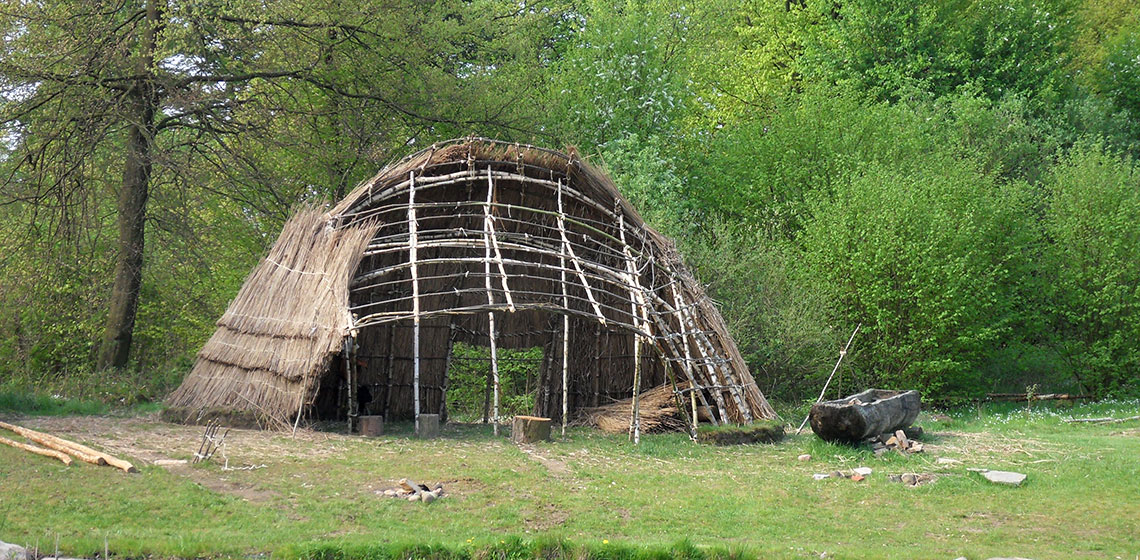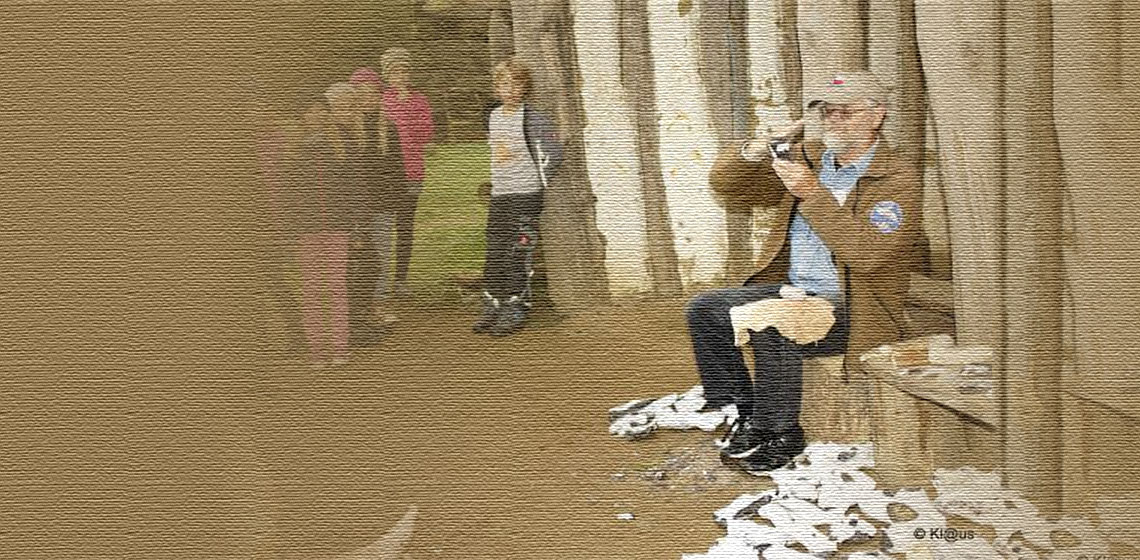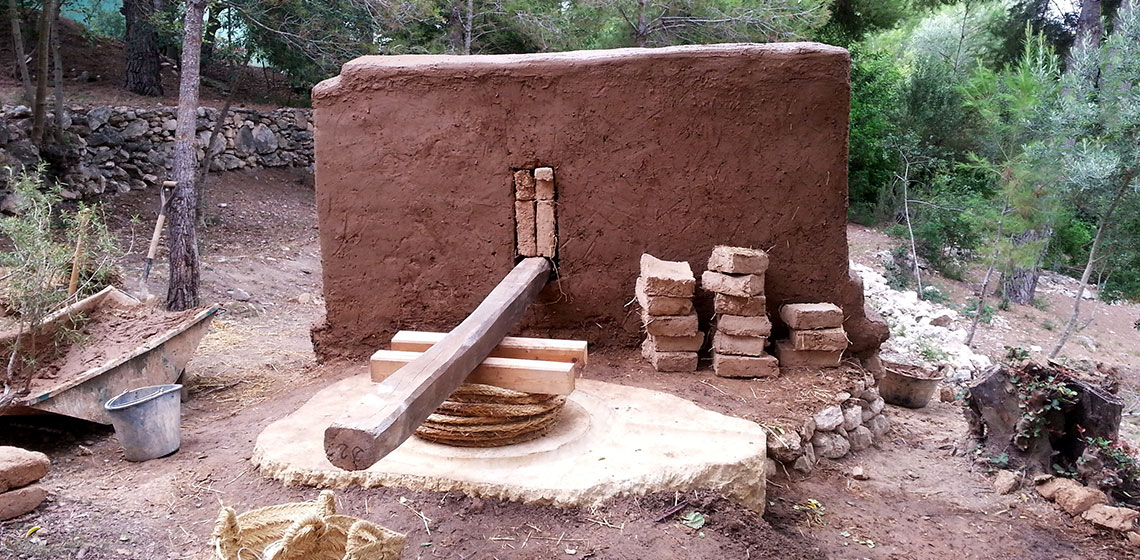Ancient Technology
Cooking in Baskets Using Hot Rocks
Recycled Flint Cores as Teaching Tools: Flintknapping at Archaeological Open-Air Museums
Museo de la Mineria del Pais Vasco (ES)
Mining Museum of the Basque Country - Archaeological survey along all the Basque Country to locate “ferrerias de monte”. Selected archaeological digs. Reconstruction of a medieval iron workshop due to realize public demonstrations for experimental archaeometallurgy congresses, schools and general public.
Mining Museum of the Basque Country - Archaeological survey along all the Basque Country to locate “ferrerias de monte”. Selected archaeological digs. Reconstruction of a medieval iron workshop due to realize public demonstrations for experimental archaeometallurgy congresses, schools and general public...
The Role of Saltmarsh Plants in Iron Age and Roman Salt Production in the Thames Estuary, UK
Needlework the Pazyryk Way?
My work has been inspired by some of the most remarkable textile finds - those in the Pazyryk kurgans (burial mounds) - specifically the felt shabraks (horse blankets). The detailed, intricate designs of these items are achieved by appliquéing felt on felt (sometimes leather is used) in a manner that adds both decoration and strength (See Figure 1) and is still used among the steppe-land nomads (Barber 1991, 220).
Experiments on Possible Stone Age Glue Types
Experience with Building Mesolithic Huts in the Stone Age Park Dithmarschen in 2014
***Two new huts in the Stone Age Park Dithmarschen in Albersdorf (Germany) were built in spring 2014 by the Experimental Archaeologist and Educator Werner Pfeifer with the support of some friends and with financial support from the Stone Age Park Dihmarschen and the EU co-financed project OpenArch.
Knapping Skill Assessment
***This article is derived from a presentation made by the senior author at the OpenArch Conference "Working with stones in European Pre- and Proto-history in theory and in practice" organised by the Archaeological-Ecological Centre Albersdorf (DE), 23-27 September, 2013.
Making Wine like Iberians: a Learning Experience with the International Workcamp at La Ciutadella Ibèrica of Calafell
The international workcamp in Calafell
The workcamps in Calafell are coordinated by the Fundació Pere Tarrés, a non-profit organisation of social action devoted to the promotion of leisure education and volunteering among other objectives, and the municipality of Calafell is one of the organisations that support these workcamps. So far La Ciutadella Ibèrica has held three of these projects (2010, 2012 and 2013) with international volunteers being the core theme of the activity.

